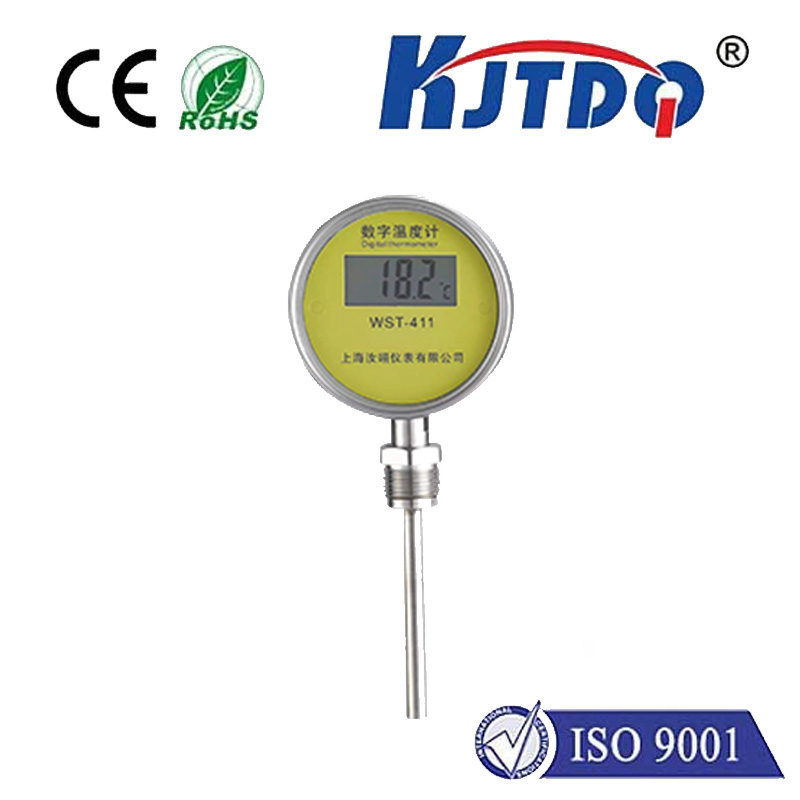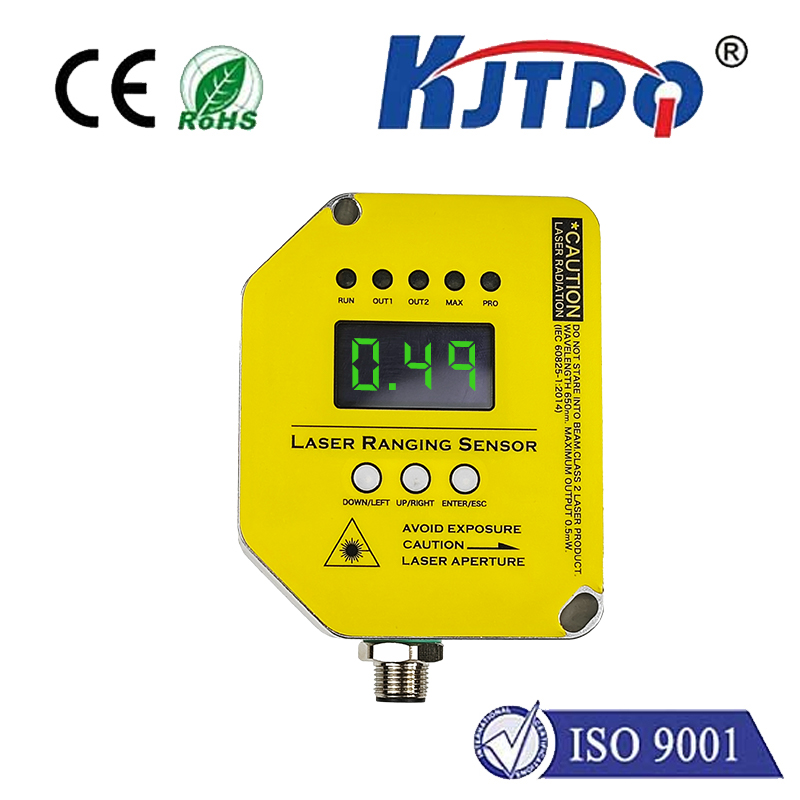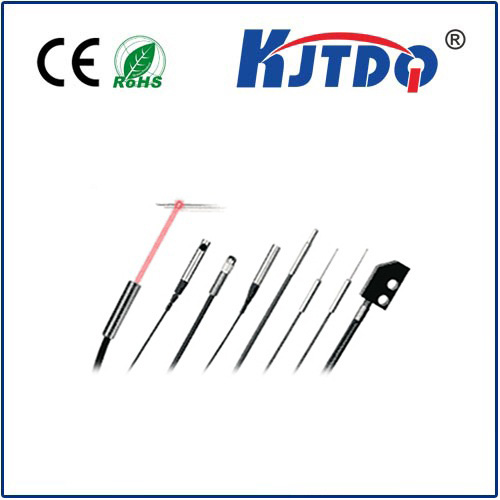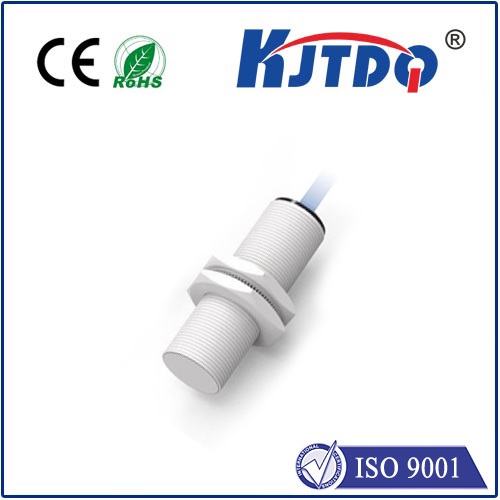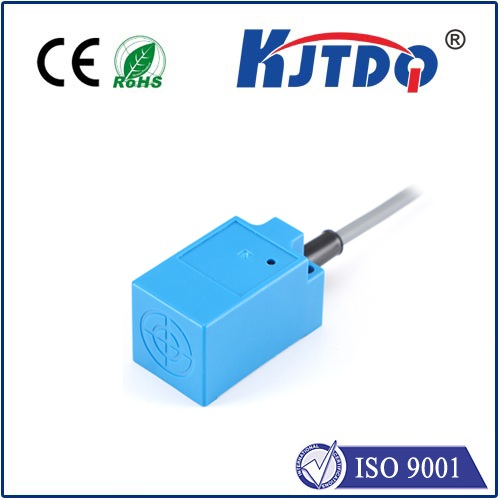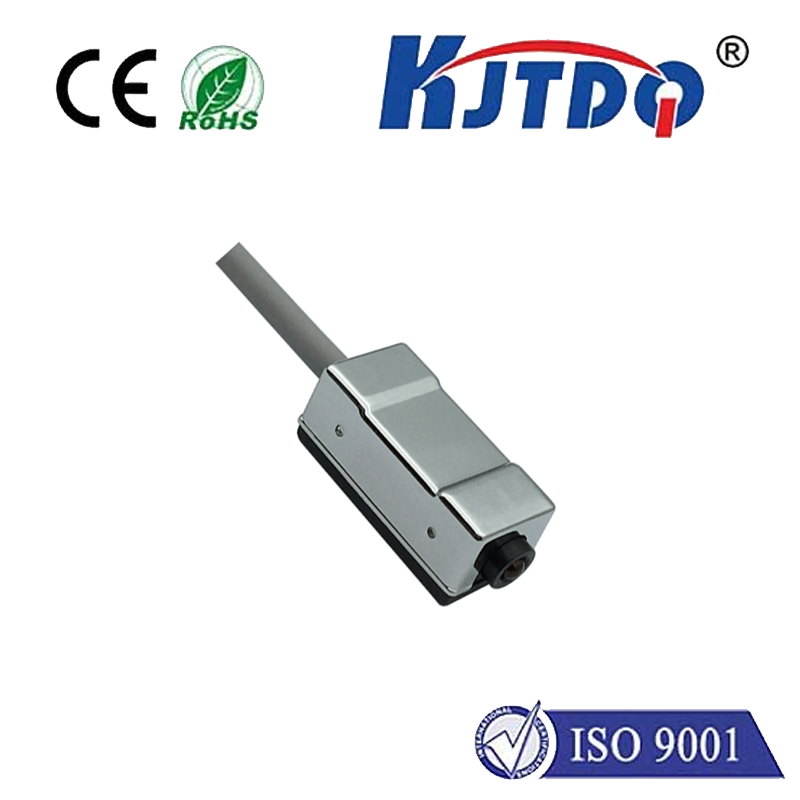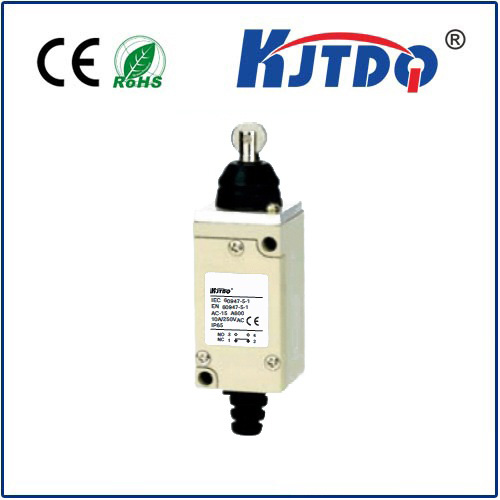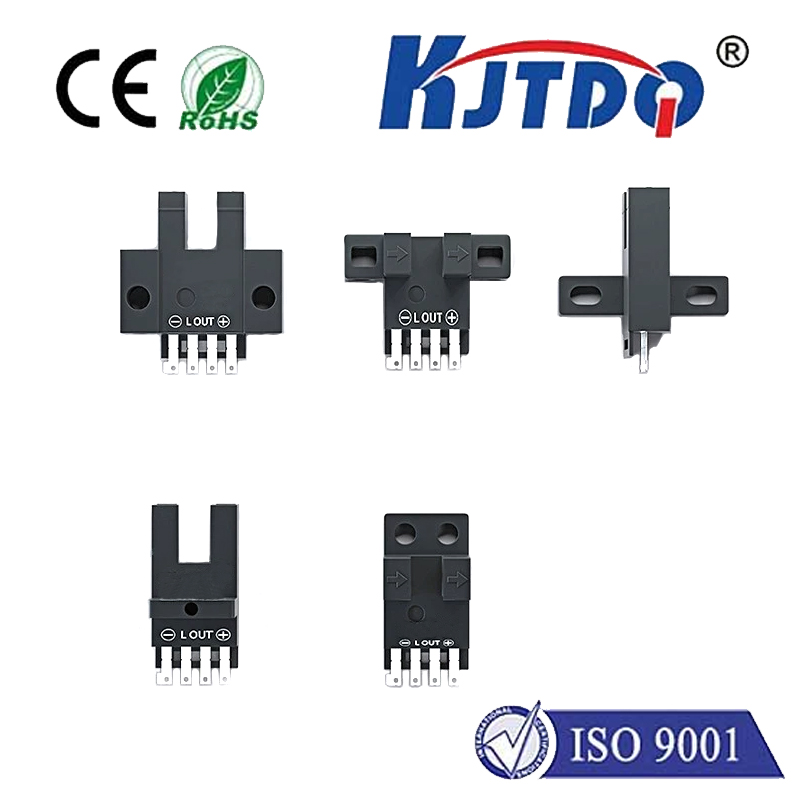Title: Unveiling the Unseen: The Science & Power of Laser Doppler Velocity Sensors
Imagine needing to measure the speed of something you can’t touch, something incredibly small, incredibly fast, or perhaps even flowing in a turbulent river. Traditional contact sensors fail here. This is precisely the realm where Laser Doppler Velocity (LDV) sensors or Laser Doppler Velocimeters (LDV systems) shine, transforming the near-impossible into precise, non-contact reality. These sophisticated instruments harness the fundamental properties of light to deliver unparalleled insights into motion, revolutionizing fields from aerodynamics to biomedical engineering.
The Core Principle: Light as an Information Carrier
At the heart of every лазерный доплеровский датчик скорости lies a beautiful application of the Doppler effect, the same phenomenon that changes the pitch of a siren as an ambulance races past. When light waves from a coherent laser source strike moving particles or surfaces, the frequency of the light reflected or scattered back shifts slightly. This shift, known as the Doppler frequency shift, is directly proportional to the velocity component of the moving target along the line-of-sight of the laser beam.
The core equation is elegantly simple:
Δf = (2 * v * cosθ) / λ
Where:

Δf is the Doppler frequency shift.v is the target velocity.θ is the angle between the laser beam direction and the target’s velocity vector.λ is the wavelength of the laser light.An LDV instrument doesn’t just rely on a single beam reflecting off a surface. Instead, most common configurations utilize two intersecting laser beams focused onto the same point in space. This creates an interference pattern – a series of bright and dark parallel fringes. When a particle traverses this measurement volume, it scatters light whose intensity fluctuates at a frequency precisely linked to the Doppler shift and, thus, the particle’s velocity component perpendicular to the fringes. A highly sensitive photodetector captures this scattered light and converts the intensity fluctuations into an electrical signal. Sophisticated signal processing electronics then decode this signal, extracting the Doppler frequency and calculating the precise velocity.
Why Choose an LDV System? The Compelling Advantages
The non-contact nature of LDV technology stands as its most significant advantage. There’s absolutely no physical interaction with the target, eliminating:
Beyond non-contact operation, LDV sensors deliver exceptional characteristics:
Where Laser Doppler Velocity Measurement Makes a Difference
The unique capabilities of laser doppler velocimetry make it indispensable across a vast spectrum of industries and research areas:
Beyond the Basics: Variations and Considerations
While the fundamental LDV principle remains constant, configurations adapt for specific needs:
It’s important to note that for flow measurements, the fluid typically requires seeding with small, neutrally buoyant particles that can effectively scatter the laser light. The quality and concentration of seeding impact measurement success. Additionally, optical access to the measurement point is required, which can sometimes be a challenge in complex machinery.
Harnessing Light for Unprecedented Insight
Laser Doppler Velocity sensors represent a pinnacle of optical metrology. By transforming the subtle frequency shift of scattered laser light into precise velocity data, they unlock possibilities unattainable with conventional techniques. Their unique combination of non-contact operation, exceptional resolution and accuracy, and inherent calibration-free nature makes them irreplaceable tools for scientists and engineers pushing the boundaries of understanding in fluid mechanics, solid dynamics, biomedicine, and countless industrial processes. As laser technology and signal processing continue to advance, the speed, sensitivity, and accessibility of LDV measurements only broaden its transformative potential.
